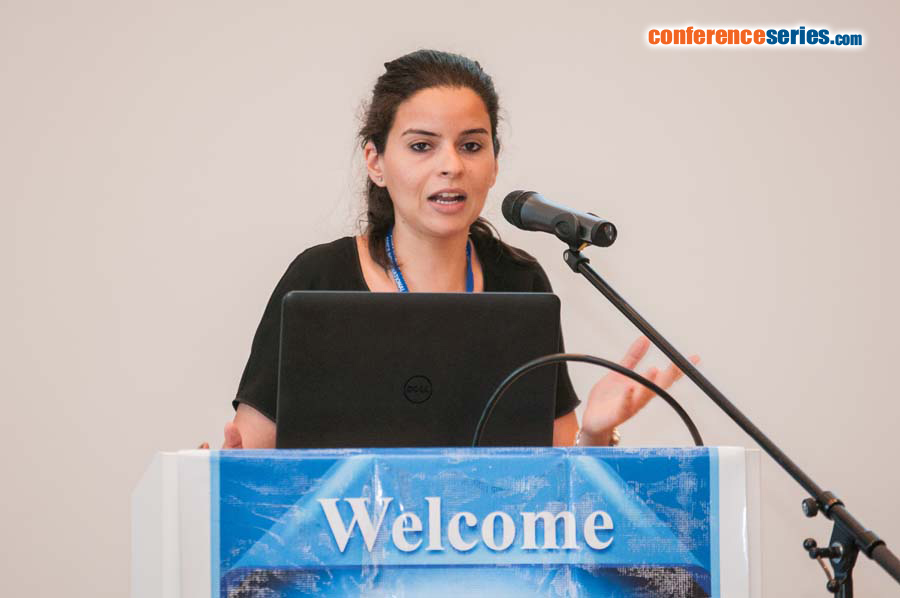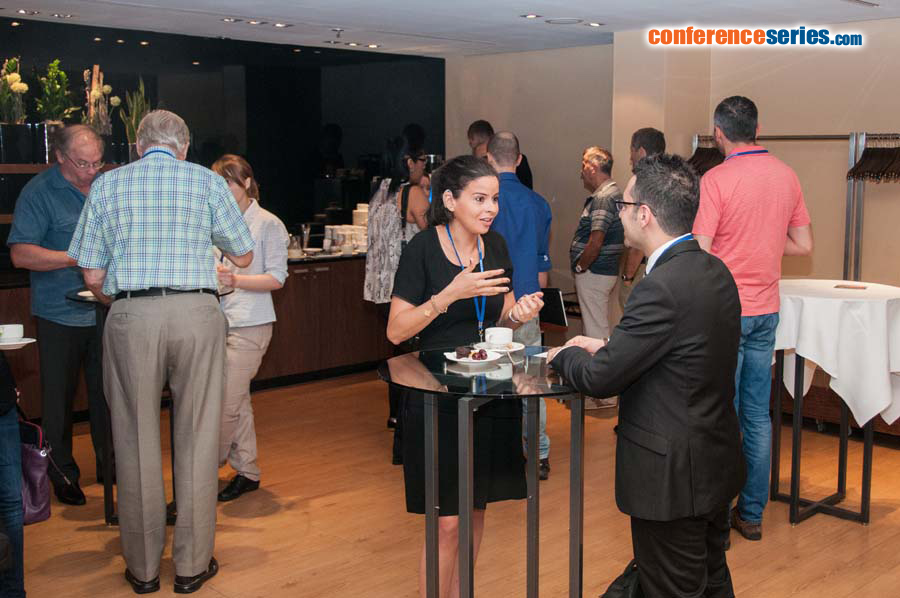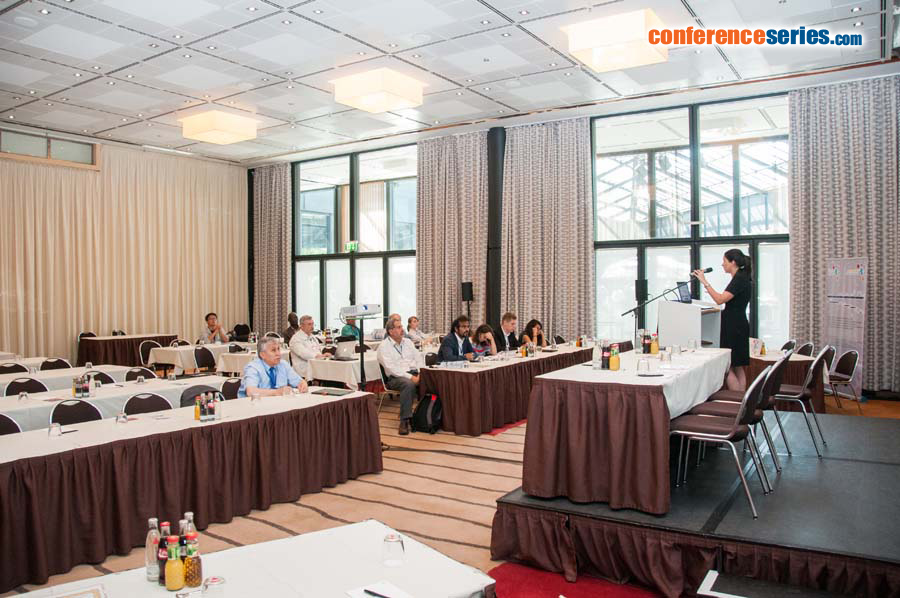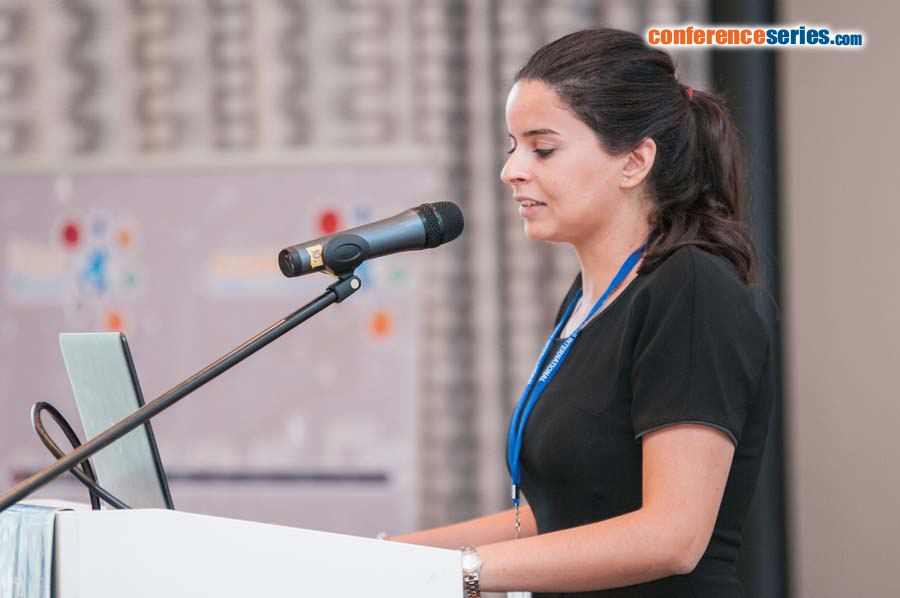
Meryem Tahri
University Hassan II
Morocco
Title: The evaluation of solar farm locations applying Geographic Information System and Multi-Criteria Decision-Making methods: Case study in southern Morocco
Biography
Biography: Meryem Tahri
Abstract
The extraction and burning fossil fuels such as coal or petroleum cause the release of carbon dioxide and other global warming pollutants in the atmosphere covering a coat in the planet and puts the earth in danger, several studies recognized the renewable energy resources are as clean sources, governments are already working hard to cut greenhouse gases. Environmental policies are currently largely devoted to fostering the development and implementation of renewable energy technologies in Morocco. This work studies the outcome of combining both Geographic Information System (GIS) tools and the Multi-Criteria Decision-Making (MCDM) method to assess the suitability of a certain set of locations to carry out a renewable energy project. For the sake of concreteness, we consider the case of the Ouarzazate photovoltaic solar energy project, which is located in the southern region of Morocco and aims to be connected to the national power grid of the country. Four criteria were used : location, orography, land use and climate and the Analytical Hierarchy Process (AHP) was used to calculate the corresponding criteria weights. These criteria can be subdivided into seven factors : land use, slope, slope orientation, distance to urban area, distance to road, potential solar radiation and land surface temperature. Climate turns out to be the most important criterion since it defines the potential electricity production of a certain photovoltaic field. Next comes orography, which reveals the steepness or gentleness of the slopes in a particular area. Finally, regarding the location criterion, the most suitable sites are those where the ground is flat and oriented towards the south. The features of a particular area were sorted into five classes:“unsuitable”, “marginally suitable”, “suitable”, “moderately suitable” and “highly suitable”. The outcomes of the study are shown in figure 5. According to our GIS model, a very large proportion of the area, more than 59%, corresponds to highly suitable land for photovoltaic field projects. It is worth mentioning, however, that other lands representing only about 26% were not considered in this assessment, as they are either cultivated or urbanized. As much as 23% of the land is the most suitable and lies in the region of Ghassate in the east whereas the least suitable areas represent 1% and are located in the south and west. In spite of the high potential solar radiation and the land surface temperature, these areas are found in mountainous zones. The overlay layer results obtained after applying spatial analysis showed that the majority of the land in Ouarzazate has a high suitability for photovoltaic farm installation. The high potential solar radiation, the land surface temperature and the orientation towards the south are unsurprisingly the key factors that increase the suitability of a land
Speaker Presentations
Speaker PDFs
Speaker PPTs Click Here






